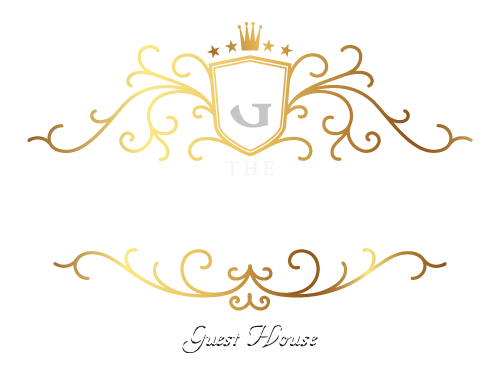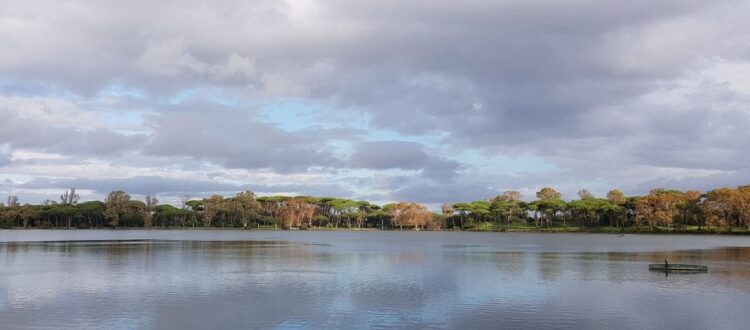Oasis of Porto, a stroll through History and Nature
If you arrived by plane in Fiumicino, during the landing, looking out the window, you may have noticed a large body of water that expands right next to Rome’s airport.
The weariness of the long journey did not deceive you: it is indeed a hexagonal lake! Specifically, it is an artificial basin built almost two thousand years ago by Emperor Trajan with the aim of providing the Eternal City with a functional and efficient port, where goods from the entire empire could flow in.
Around it, today, extends a splendid reserve where history and nature merge, giving life to a panorama unique in its kind. Open the gate and venture with us into the dense vegetation that borders the lake to discover the Oasis of Porto.
Guiding you along the path will be a Legambiente guide, ready to tell you the incredible story behind this place.
Let’s take a step back and return to the day when Emperor Claudius decided to give the Capital a great maritime port.
Claudius’ Port: the story of a gigantic failed project
When Rome was still far from becoming a great military and economic power, commercial traffic passed through Ostia, the city’s first port. There, at the mouth of the Tiber, ships from everywhere would dock. Once anchored, goods were unloaded to be moved onto smaller boats that would transport them up the river, against the current, to the heart of the city.
This initial port thrived for a long time, at least until winds and tides condemned it to abandonment due to progressive silting, making the port impractical for ships.
To remedy this situation, in 42 AD Emperor Claudius ordered the construction of a new maritime port. On paper, the project was grandiose: a basin 150 hectares wide, embraced by two curved piers extending towards the sea, conceived to protect the ships from the fury of the waves. At the entrance of the port, a gigantic lighthouse would rise, capable of illuminating the route even on the darkest nights.
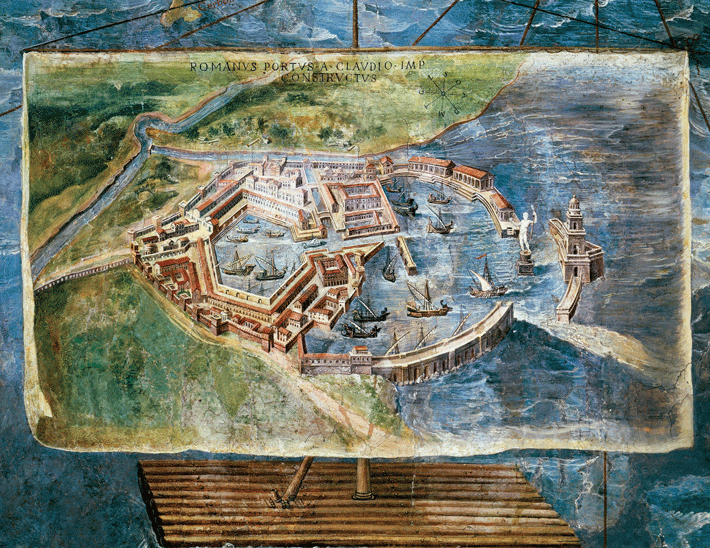
It took more than twenty years and thousands of sesterces to complete this work, which was inaugurated by Nero. In the end, however, it was a true “fiasco.”
In 62 AD, two years before the conclusion of the works, a tremendous sea storm struck the basin where dozens of boats were anchored. It was a real disaster: about 200 ships sank inside the basin.
Within a few years, all the problems of Claudius’ imperial port came to light: it was too large and exposed to the elements, incapable of offering a safe harbor to vessels. Furthermore, continuous maintenance work was needed to counteract the effects of silting, due to the proximity of the Tiber’s mouth and the connecting channels with the river, which served to feed the basin and prevent water stagnation.
Trajan’s Port: splendor before oblivion
The solution to the problem came between 100 and 112 AD. Indeed, it took twelve years of work to construct the grand Trajan’s Port, whose hexagonal basin now forms the center of the Oasis of Porto, attracting dozens of migratory birds and aquatic species.
The “ingenious” idea was to reuse part of the infrastructure built during the time of Claudius, particularly the immense docks, to create an outer harbor that would protect the actual port, located in a more recessed position.
Compared to Claudius’s vision, Trajan’s port was smaller but decidedly more functional.
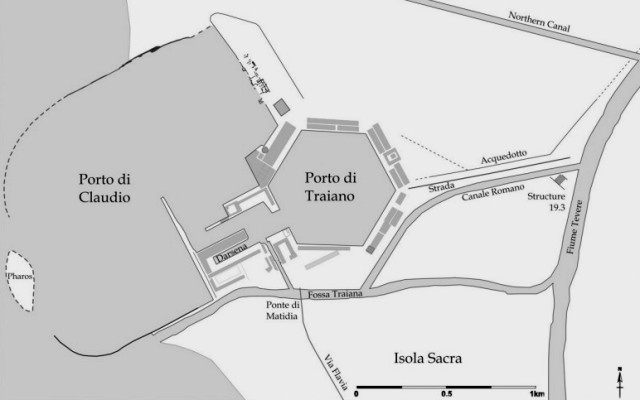
Photo from Wikimedia Commons
It was a secure and modern facility equipped with all the necessary equipment for docking, loading, and unloading goods. With its 33 hectares, it could accommodate up to 200 large-tonnage ships, and their goods were stored in warehouses awaiting transport to Rome.
Around this significant hub of commercial traffic, the city of Portus was born and expanded, the ancient ancestor of Fiumicino.
The Middle Ages: Nature reclaims the territory
With the fall of the Roman Empire and the devastations brought by invading peoples who repeatedly took and destroyed Portus, the port of Rome fell into complete abandonment and became a large quarry for materials. The few survivors moved to the area of the Episcopio, better known as the Castle of Porto, a small medieval village still existing and visitable today.
Slowly, nature reclaimed what man had taken from it: the waters, no longer regulated, invaded the land, forming vast unhealthy marshes.
The Torlonia Era: Reclamation and the Birth of the Oasis of Porto
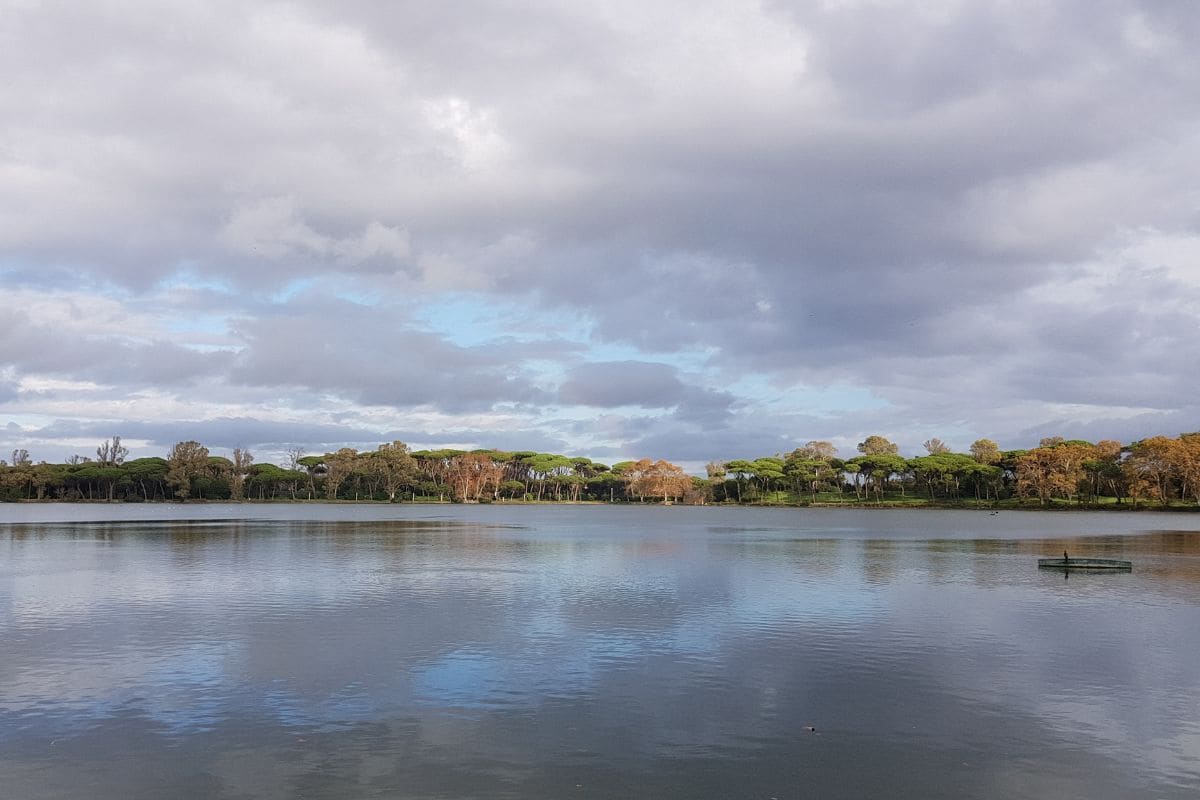
For centuries, oblivion enveloped this area, deemed inaccessible due to malaria that raged in these places. Everything changed in 1856 when Alessandro Torlonia, a wealthy scion of a well-known Roman family, purchased the gigantic estate of Porto, including the ancient Trajan’s basin, or at least what remained of it.
The prince intended to restore luster and splendor to this place, transforming it into his gigantic representation villa. Impressive reclamation work was needed to realize this ambitious project.
However, Alessandro knew exactly how to proceed. His Excellency Prince Torlonia had just completed another extensive enterprise: the draining of Lake Fucino (or Lake Celano), where he had reclaimed hectares of cultivable land from the waters.
The advanced reclamation techniques used in Abruzzo, in the Marsican territory, were then applied here to free the land and restore the hexagonal port, bringing it back to its original appearance.
The operations, however, were only completed at the beginning of the twentieth century at the behest of Giovanni Torlonia, who also undertook the excavation of the ancient port structures, bringing to light the long-forgotten remains. He also directed the waters of the Tiber to refill the basin, now an artificial lake.
In 1993, the Sforza Cesarini family, heirs to the Torlonia, opened a part of the estate to the public, corresponding to the current naturalistic park of the Oasis of Porto. This large wetland area attracts a significant fauna, especially migratory birds visible at different times of the year: ducks, tufted ducks, grebes, herons, coots, cormorants…
With a bit of luck, you may even encounter deer, part of a small colony that lives deep in the forest, away from prying eyes.
Oasis of Porto: Practical Information
The Oasis of Porto is located on the outskirts of Fiumicino, not far from the Episcopio (or Castle of Porto) at Via Portuense 2264.
Beyond the gate, there is a spacious free parking area available for visitors.
You can visit the Oasis of Porto only by reservation, by writing to info@oasidiporto.eu and specifying the preferred day and time slot.
For the 2023-2024 season, the Oasis of Porto is open only on Sundays with entry at 10:30 AM or 12:30 PM. The visit lasts approximately 1.5 hours, with an intermediate stop at the Duck House, a small refreshment area where you can enjoy a coffee while listening to the guide’s explanation.
The ticket cost varies based on age:
• Adults: €12
• Children up to 5 years: Free
• Children from 6 to 10 years: €5
• Children and teenagers from 11 to 18 years: €8
• Over 65: €10
If you are interested in visiting the Oasis of Porto, let us know. We will try to make a reservation in your name.


